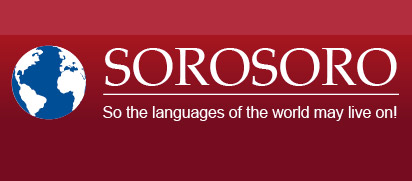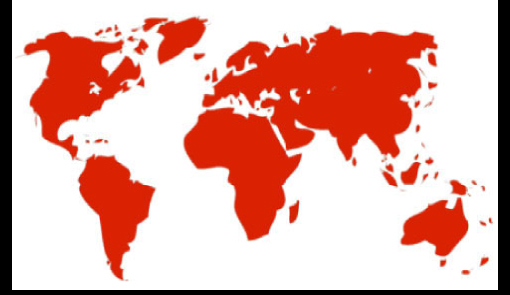Print  |
|


Carib language family
Where are the Carib languages spoken?
These languages are spoken over a vast area in the northern part of South America. There are speakers of Carib languages all over the Amazon Basin, from the mouth of the Amazon in Brazil all the way to the Andean foothills of Colombia, and along the Atlantic and Caribbean coasts in countries such as Venezuela, Guyana, Surinam, and French Guyana. Some Carib languages use to be spoken in the Lesser Antilles islands but they have been extinct since the beginning of the 20th Century.
Total numbers of speakers (estimates)
Around 35,000 according to the figures provided by Desmond Derbyshire (DD, 1999)
Around 60,000 according to ethnologue.com (SIL)
Classification
The Carib language family counts between 25 and 28 languages, depending on sources.
Carib branch
Kali’na (alternative names: Carib, Galibi): 20,000 speakers according to the UNESCO, 10,000 according to DD
Guyana branch
Akuriyo: 10 speakers according to the SIL
Carijona: 30 speakers according to the UNESCO, 140 according to DD
Hianakoyo: no available data
Hixkaryana: 600 speakers according to the UNESCO, 550 according to DD
Kashuyana: 435 speakers according to DD
Saluma: 300 speakers according to the SIL
Trio (alternative name: Pianakoto): 1,400 speakers according to the UNESCO, 1,130 according to DD
Wai Wai (alternative name: Tunayana): 4,000 speakers according to the UNESCO, 1,850 according to DD
Northern Amazonian branch
Arekuana (alternative name: Pemon): 20,000 speakers according to the UNESCO, 6,500 according to the SIL, 475 according to DD
Akawaio (alternative names: Kapong, Pemon according to the UNESCO and the SIL): 7,000 speakers according to the UNESCO, 4,300 according to DD
Makushi: 24,600 speakers according to the SIL, 11,400 to 13,000 according to DD
Pawishiana: no available data
Patamona (alternative names: Ingariko, Pemon according to the UNESCO): 5,000 speakers according to the UNESCO
Waimiri-Atroari: 1,120 speakers according to the UNESCO, 350 according to DD
Central branch
Apalai: 317 speakers according to the UNESCO, 450 according to DD
Dekwana: 5,240 speakers according to DD
Mapoyo: possibly extinct
Wayana: 1,430 speakers according to the Latin Union, 1,800 speakers according to the UNESCO, 747 according to the SIL and DD
Yavarana: no available data
Southern Amazonian branch
Arara: 271 speakers according to the UNESCO
Bakairi: 950 speakers according to the UNESCO, 570 according to DD
Kalapalo: 506 speakers according to the UNESCO
Kuikuro: 600 speakers according to the UNESCO, 277 according to DD
Matipu (alternative name: Nahukwa): 10 speakers according to the UNESCO
Txikao (alternative name: Ikpeng): 342 speakers according to the UNESCO, 146 according to DD
Yupka branch
Japreria: no available data
Yupka: around 20,000 speakers between Venezuela and Colombia, according to Beatriz Vidal
Panare (isolate): 3,000 speakers according to the UNESCO, 1,200 according to DD
Notes on the Carib languages classification
We hereby follow Derbyshire’s classification (1999).
There is no consensus regarding the inner classification of the Carib languages, mainly due to a lack of data on some of these languages.
The linguistic proximity of some of them makes it difficult to establish a definite number of languages: between 25 and 30, depending on sources.
For instance, Arekuana, Akawaio, and Patamona are sometimes identified as one and only language called Pemon.
Are the Carib languages endangered?
Yes, all the Carib languages appear to be endangered, but it is difficult to make reliable estimates of the population figures or vitality of these languages.
Carijona and Matipu are about to disappear, according to the UNESCO.
Mapoyo and Akuriyo only count a few speakers left, according to the SIL. They are possibly already extinct.
We were unable to find reliable data on many of these languages, yet certainty remains that most of them are threatened to some degree, and that many of them will probably disappear within the next decades.
Sources
Derbyshire, D. (1999) “Carib” in R.M.W. Dixon and Alexandra Y. Aikhenvald, (eds) The Amazonian languages, Cambridge University Press.
Please do not hesitate to contact us should you have more information on this language: contact@sorosoro.org
Fact sheets available for languages in this family :








